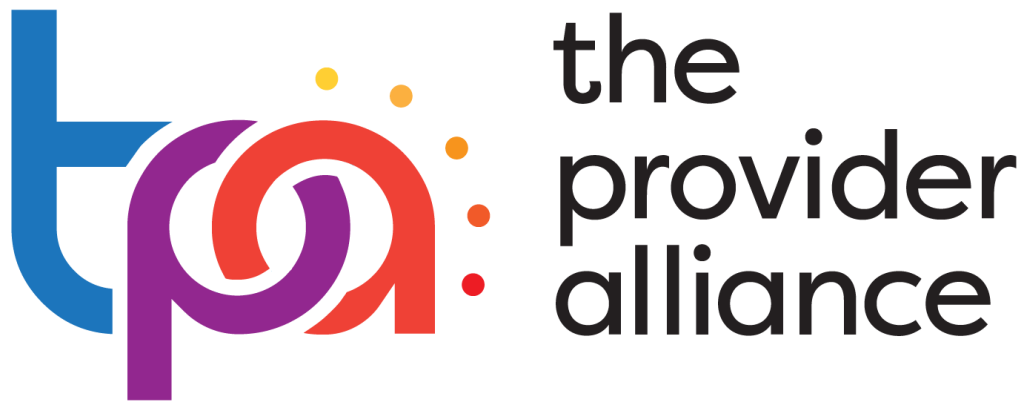
Beginning in 2023, employers will be able to disregard nonparticipating employees when determining how many participants their retirement plan has for the purposes of annual Form 5500 filing. The changes to the annual report were announced on February 23, 2023, in a joint statement by the U.S. Department of Labor (DOL), Internal Revenue Service (IRS) and the Pension Benefit Guaranty Corporation (PBGC), collectively, “the Agencies.” The changes are effective for the first plan year beginning on or after January 1, 2023.
Calculating the number of participants in a plan as of the first day of a plan year determines, among other things, whether the plan is a “large” plan that must file a full Form 5500 with an independent qualified public accountant opinion pursuant to a plan audit, or a “small” plan, which can file a short Form 5500 with no IQPA audit. Plans with 100 or more participants are considered to be “large” plans, while plans with less than 100 participants are “small” for Form 5500 purposes.
Prior to 2023, employers had to count all employees eligible for participation in the plan, even if those employees did not have an account balance under the plan. The new methodology requires employers to count only those participants with an account balance as of the beginning of the plan year. This is irrespective of whether the plan was determined to be a “large” plan in 2022 or prior years.
The change in participant-count methodology will also impact the 80/120 rule, under which a plan can have up to 120 participants at the beginning of a plan year without being considered a large plan, as long as it had filed as a small plan the prior year. Beginning with the 2023 plan year, employers will be able to use the same “account balance” methodology to determine the number of participants for the purposes of the 80/120 rule.
Plans may be able to reduce their participant count to avoid an audit by adopting a plan amendment to sweep out small account balances of former employees. Accounts of less than $1,000 will be paid directly to the former employee, while amounts of up to $5,000 will be automatically rolled into an IRA. This may require you to adopt a plan amendment.
Rest assured that, when it comes to navigating the new rules of plan size, you don’t have to go it alone. To conduct a formal review of your current plan, including how you can potentially optimize your plan size and help simplify your Form 5500 filing process, please contact Steven Ortiz, Mutual of America Account Representative.
Steven Ortiz is Vice President of National Accounts at Mutual of America.

